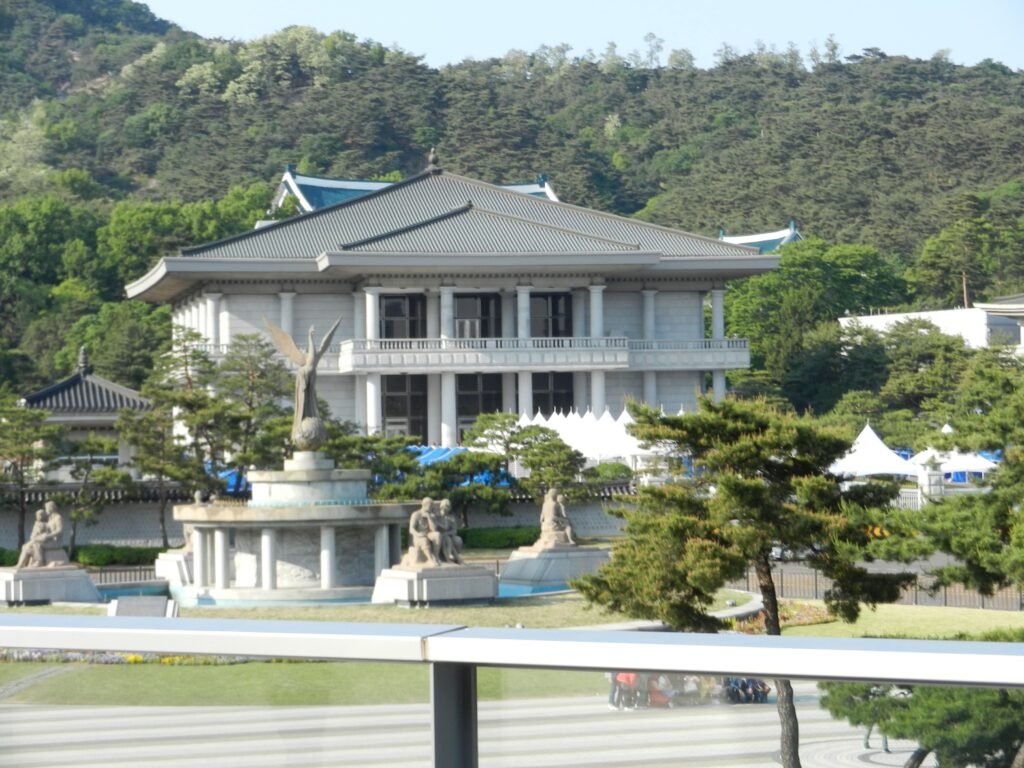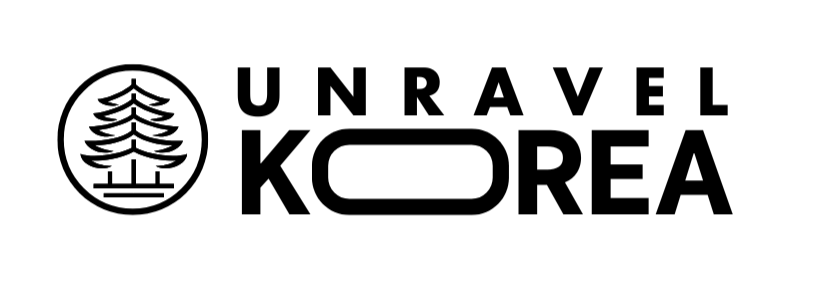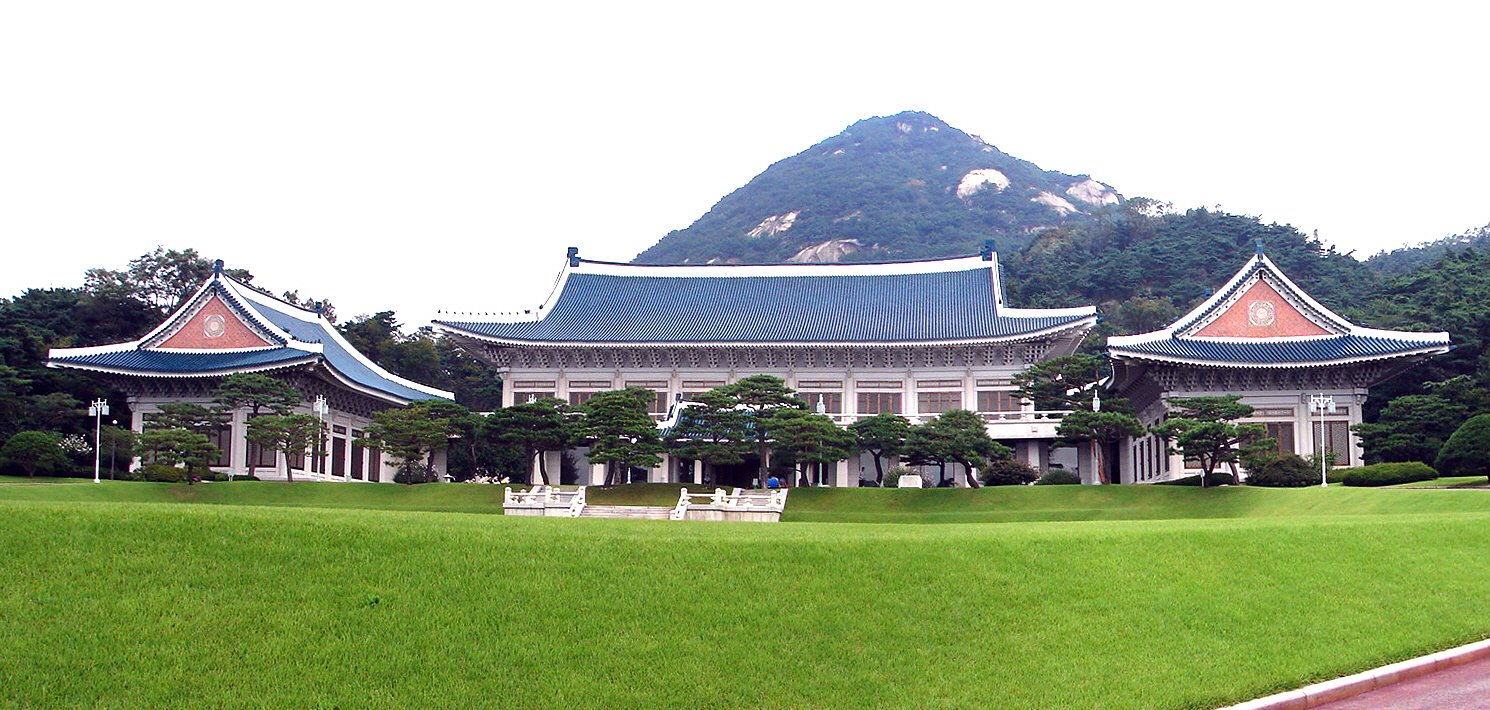Blue House of Korea is known Cheong Wa Dae (청와대), it has been one of the most iconic and mysterious buildings in the country for decades.
Whether you’re planning a trip to Seoul or simply curious about Korean politics and history, this comprehensive guide will answer all your questions about this fascinating presidential complex.
What is the Blue House and Where is it Located?
The Blue House is located in the heart of Seoul, nestled against the scenic backdrop of Bugaksan Mountain in the Jongno District. This stunning complex served as the official residence and workplace of South Korea’s president from 1948 until 2022, making it one of the most significant political landmarks in the country.
The building gets its distinctive name from its beautiful blue-tiled roof, which creates a striking contrast against the mountain landscape. The traditional Korean architectural style, combined with the iconic blue tiles, makes it instantly recognizable and deeply symbolic of Korean heritage.
A Brief History of the Korean Blue House

The history of the Blue House site dates back over 600 years to the Joseon Dynasty, when it served as a royal villa and later as the residence for royal family members. However, the modern Blue House as we know it was constructed in 1991, replacing earlier structures that had served as the presidential residence since the establishment of the Republic of Korea.
Throughout its years as the presidential residence, the Blue House has been home to every South Korean president from Syngman Rhee to Moon Jae-in. The complex has witnessed some of the most pivotal moments in modern Korean history, from the Korean War era through the country’s rapid economic development and democratization.
The Blue House complex consists of multiple buildings, including the Main Office Building, the Presidential Residence, the State Guest House, the Press Hall, and the Secretariat Buildings, all connected by beautiful gardens and traditional Korean landscaping.
The Big Change: South Korea's New Presidential Residence
In a historic move that surprised many, President Yoon Suk-yeol decided to relocate the presidential office from the Blue House to the former Defense Ministry building in Yongsan District in May 2022. This decision marked the end of the Blue House’s 74-year tenure as the seat of presidential power.
The new presidential office in Yongsan represents a significant shift in how South Korea’s leadership operates, with President Yoon citing the need for a more accessible and open government as reasons for the move. This change has transformed the Blue House from an active political center into a historical site open to the public.
Can Foreigners Visit the Blue House?
Yes, foreigners can now visit the Blue House! This is one of the most exciting developments following the presidential office relocation. Previously, access to the Blue House was extremely limited and required special permissions that were rarely granted to regular tourists.
Since opening to the public, the Blue House has become one of Seoul’s most sought-after tourist destinations. Visitors from around the world can now explore the grounds, main buildings, and gardens that were once reserved exclusively for the president and official state guests.
The tours provide an incredible opportunity to see firsthand the elegant architecture, beautiful gardens, and historically significant rooms where important state decisions were made for over seven decades.
Blue House Tour Information and Tickets
Opening Hours
The Blue House is typically open to visitors Tuesday through Sunday, with specific time slots available throughout the day. The site is usually closed on Mondays for maintenance, though this can vary during holidays or special events.
Ticket Information and Pricing
Tours of the Blue House are free of charge, but advance reservations are mandatory due to high demand. Tickets are released on a regular schedule and tend to fill up quickly, especially during peak tourist seasons and weekends.
Visitors must book their tickets online through the official Blue House tour website. The booking system typically opens reservations about two weeks in advance, and it’s highly recommended to book as early as possible.
How to Get Blue House Tickets
- Visit the official Blue House tour reservation website
- Select your preferred date and time slot
- Complete the online registration with your personal information
- Bring a valid ID (passport for foreigners) on the day of your visit
- Arrive at the designated meeting point at least 15 minutes before your scheduled tour time
Tour Details
Tours are conducted in both Korean and English, with professional guides providing detailed information about the history, architecture, and significance of various areas within the complex. The typical tour lasts approximately 90 minutes and covers the main highlights of the Blue House grounds.
Visitors can explore the main office building, walk through the beautiful gardens, and learn about the daily operations that once took place in this historic location. Photography is allowed in most areas, making it perfect for creating lasting memories of your visit.
Here are my must-visit places in Seoul and here you can visit and see the 10 famous temples of Seoul that are very close to you.
Planning Your Blue House Visit
What to Expect
During your visit, you’ll have the chance to see the president’s former office, the cabinet meeting room, and the press briefing room where countless historic announcements were made. The traditional Korean gardens are particularly beautiful during spring and autumn, offering spectacular photo opportunities.
Tips for Visitors
- Book your tickets well in advance, especially if you’re visiting during peak seasons
- Bring a valid form of identification
- Wear comfortable walking shoes as the tour involves considerable walking
- Check the weather forecast and dress appropriately as parts of the tour are outdoors
- Allow extra time for security screening upon arrival
Getting There
The Blue House is easily accessible by Seoul’s excellent public transportation system. The closest subway stations are Anguk Station (Line 3) and Gyeongbokgung Station (Line 3), both within walking distance of the Blue House entrance.
Visiting the Blue House offers a unique glimpse into South Korea’s political history and provides insight into how the country’s leaders lived and worked for over seven decades. The combination of historical significance, beautiful architecture, and stunning natural surroundings makes it a must-visit destination for anyone interested in Korean culture and history.
The transformation from an active political center to a public historical site represents a new chapter in the Blue House’s story, allowing visitors from around the world to experience this important piece of Korean heritage firsthand.
Whether you’re a history enthusiast, architecture lover, or simply curious about Korean culture, the Blue House tour provides an unforgettable experience that connects you directly with South Korea’s remarkable journey from war-torn nation to global powerhouse.

